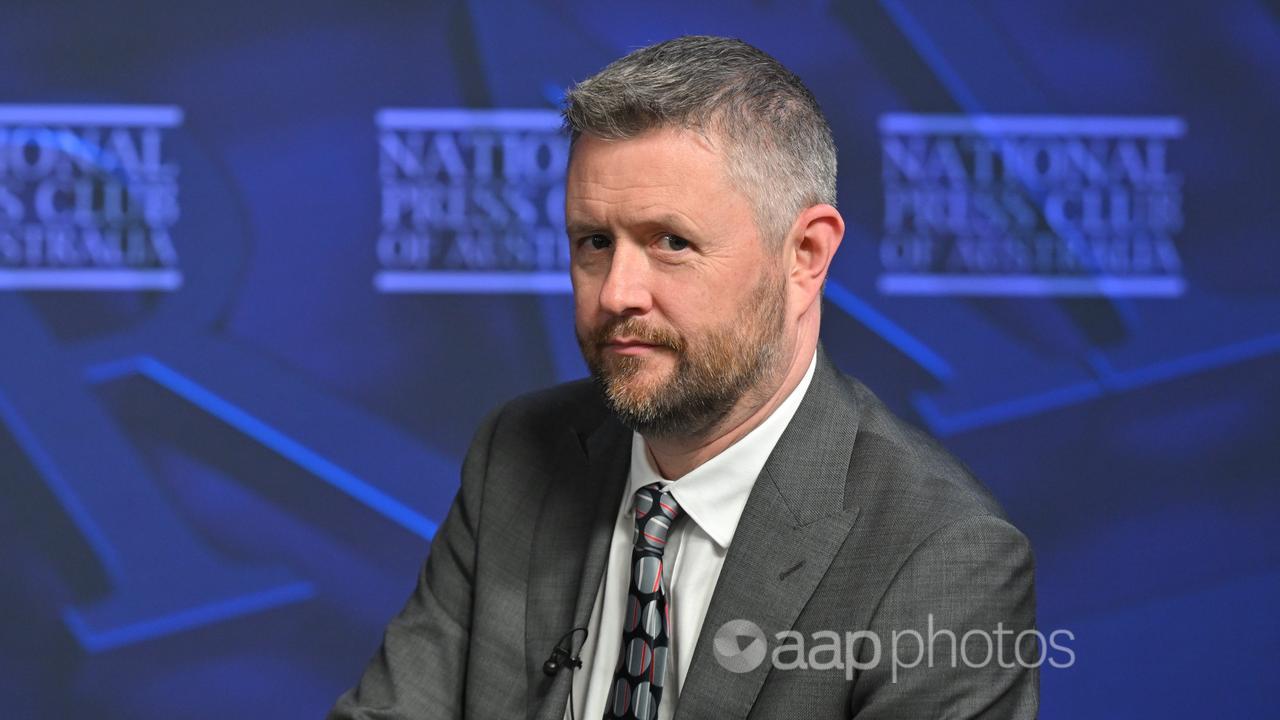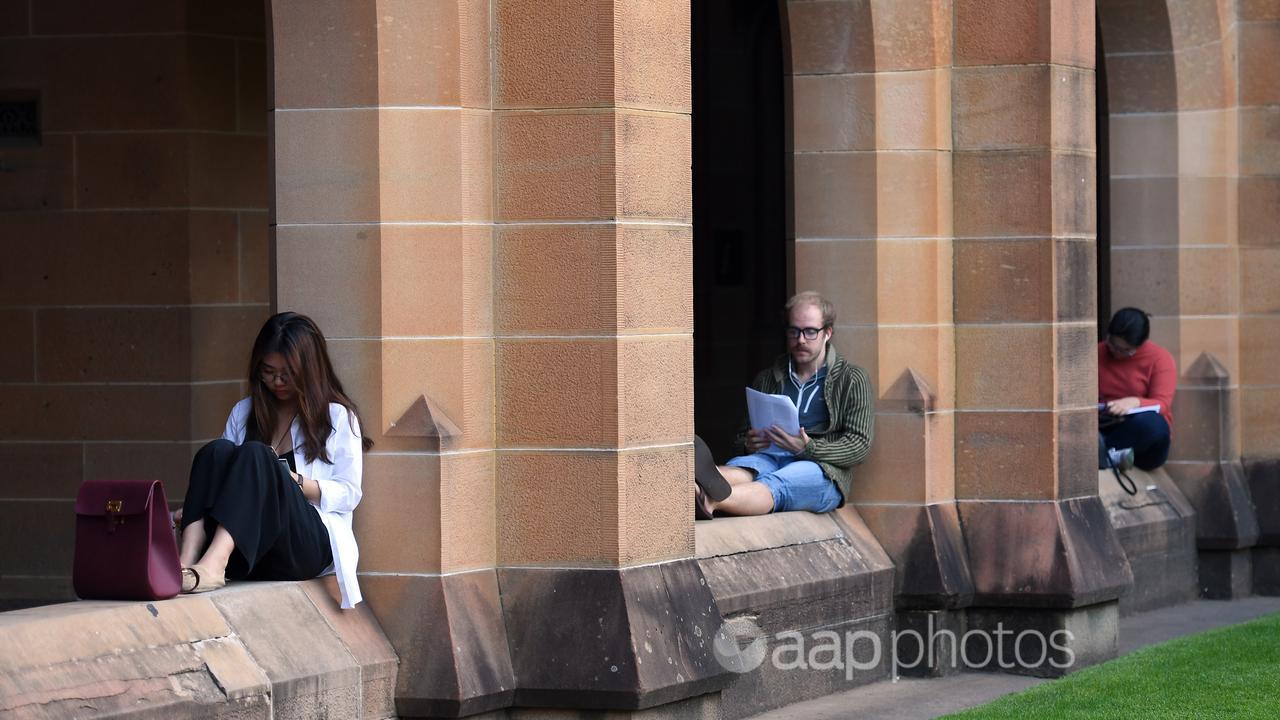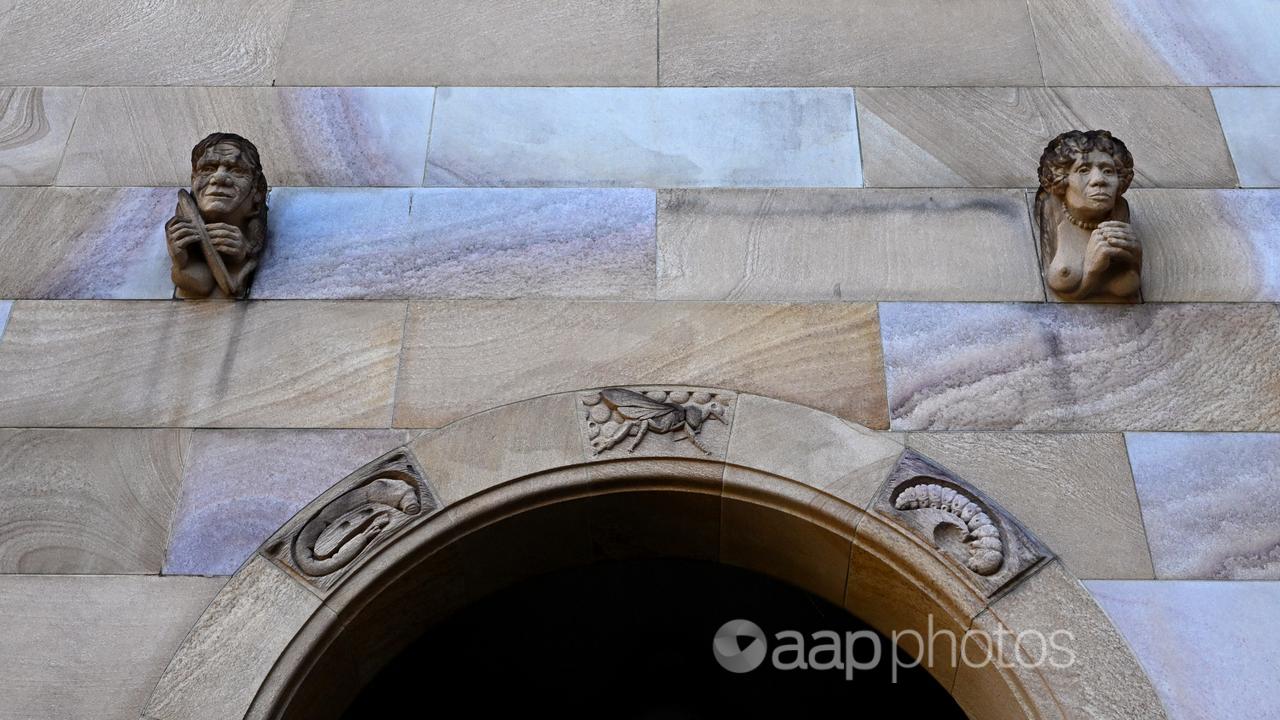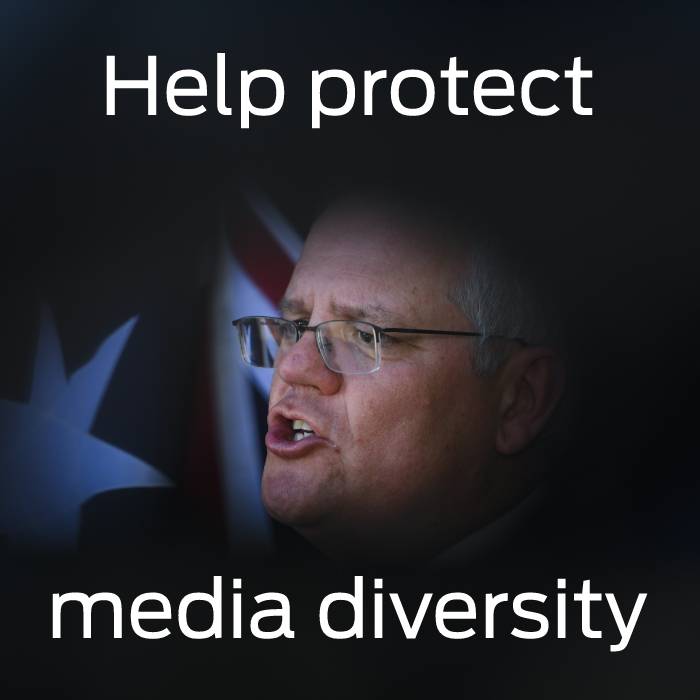Australians will suffer a lower standard of living if the government goes ahead with its proposed cap on international student numbers, the nation’s universities have warned.
In a broadside against both sides of politics, Universities Australia chair David Lloyd said the sector had become a “political plaything” in a poll-driven battle over migration.
Amid concerns that increased immigration was exacerbating the housing crisis, the government pledged to reduce international student numbers to return migration to pre-pandemic levels.

But tightening the tap on international student arrivals will further diminish the ability of tertiary institutions to deliver productivity-boosting research and train Australia’s next generation of high-skill workers, Professor Lloyd warned.
As public funding for universities has fallen, they have become reliant on lucrative foreign students.
Meanwhile, government spending on research and development as a proportion of GDP has fallen to its lowest level on record.
“Imagine how economically self-destructive it would be for the government to ban shiploads of iron ore from leaving our ports, yet that is exactly what it is doing to our higher education sector,” he told the National Press Club on Wednesday.
Prof Lloyd argued that foreign students’ impact on housing demand was marginal and their economic benefits far outweigh their costs.
Unable to fully fund research and training, Australians stand to lose out on the economic opportunities presented by burgeoning technologies like artificial intelligence, clean energy and AUKUS submarines.

“Australia doesn’t aspire to be average in any other global competition, yet our parties seem to be acceptant of performing far below average in this most crucial of domains,” Prof Lloyd said.
But Education Minister Jason Clare said it was up to the government to run the migration system, not the universities.
It wants to cap the number of overseas students arriving in Australia at 270,000 in 2025, in a bid to halve overseas net migration after the figure peaked at 500,000 in 2022/23.
“This will help us to do that,” Mr Clare said.
“But also to make sure that we’re managing what is a really important asset for Australia. International education that makes us money, makes us friends, makes sure that we do it in a way that protects its integrity.”
In an appeal for bipartisan support for increased funding, Prof Lloyd invoked the spectre of former prime ministers revered by both sides of the political aisle for their development of the sector – Robert Menzies and Bob Hawke.
Without increased support, the government’s target to increase the proportion of working age people with a tertiary education from 60 to 80 per cent by 2050 is under threat. That could mean a windfall of $240 billion to the economy is lost.
“These are the two paths before the major parties,” Prof Lloyd said.
“One for the betterment of Australia and Australians, the other almost certain to damage the prosperity of our and future generations.
“What good is a $22.7 billion investment to build a Future Made in Australia without the research and development work required to spur the growth of new industries?

“We can’t afford to kick the can down the road, not when our productivity, economic growth and a major component of the government’s own agenda depends on this work.”
Federal Greens higher education spokeswoman Mehreen Faruqi called on Prime Minister Anthony Albanese to backflip on the student caps.
“Shamefully, both Albanese and Dutton are singing from the same migration songbook,” she said.
“This time international students are the targets and higher education the collateral damage in their race to the bottom.”




















